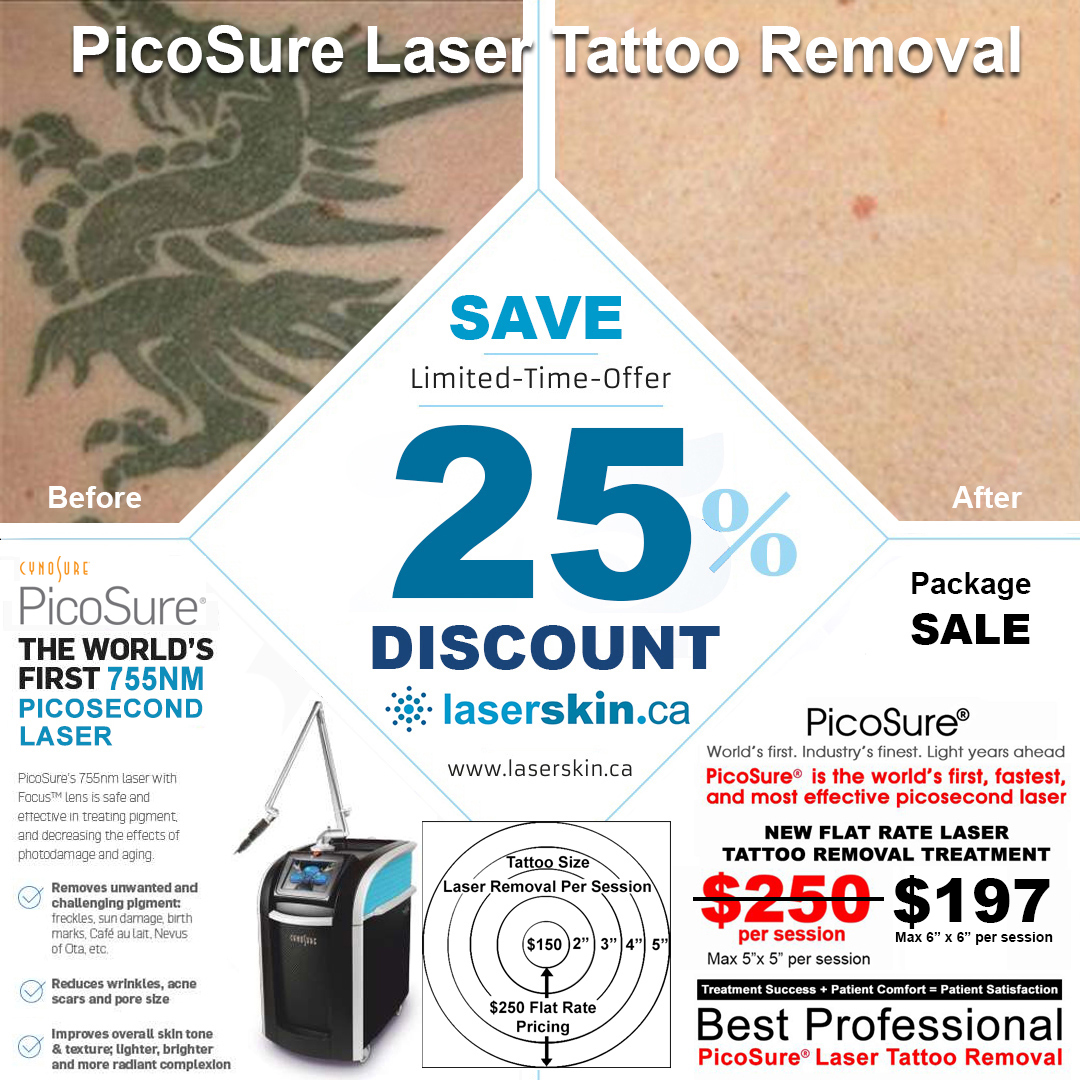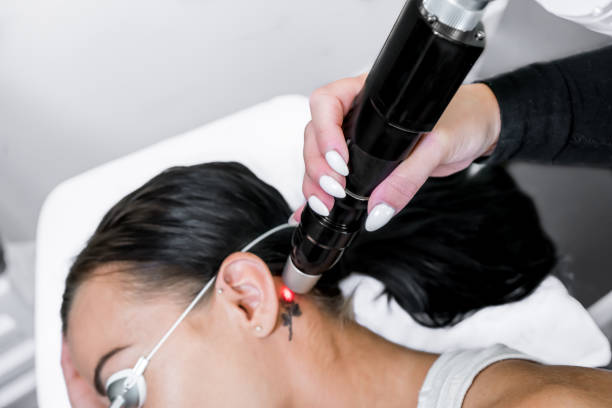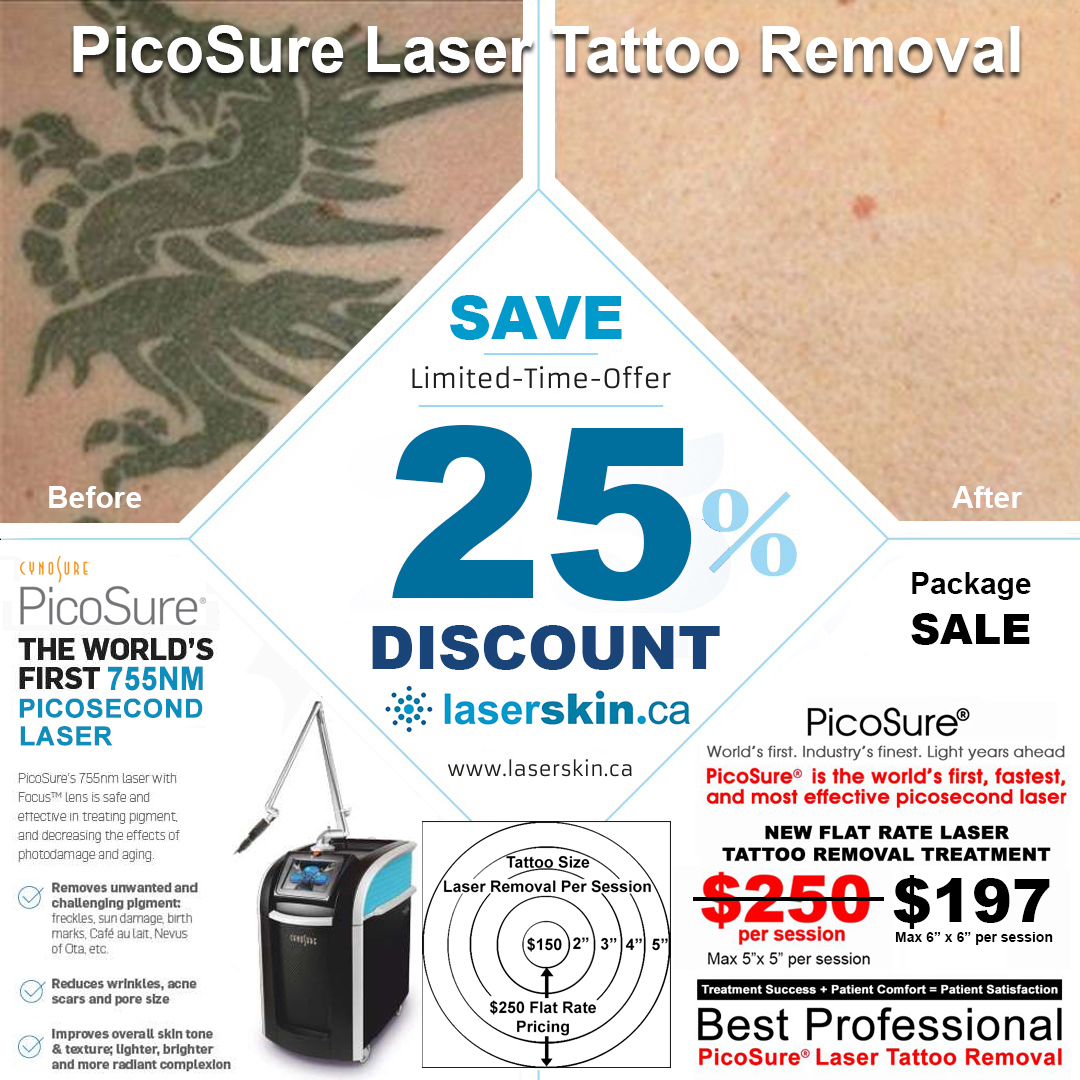How Much Does Tattoo Removal Cost Are you thinking about having some tattoos removed? Removing tattoos can be done via dermabrasion, surgical excision, or laser technology. The majority of tattoos can be removed. However, some are far more difficult to do so than others. For instance, stick-and-poke and older tattoos are simpler to get rid […]
Pico Laser
PICO LASER A Pico laser is the first of a new generation of aesthetic lasers that do not rely solely on heat to remove undesired tattoo ink or melanin (i.e. the pigment that causes dark spots on your skin). On the other hand, Pico engineers used cutting-edge physics and medical science to aid practitioners in […]
PicoSure Laser Toronto for Laser Tattoo Removal
PicoSure Laser Toronto for Laser Tattoo Removal The field of dermatology has experienced a noteworthy enhancement due to technological advancements. One such innovation that has been gaining popularity recently is the Picosure laser. This cutting-edge technology has been used to treat various skin concerns, including pigmented lesions, fine lines, wrinkles, and laser tattoo removal. This […]



